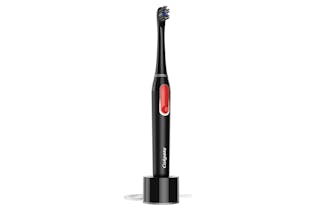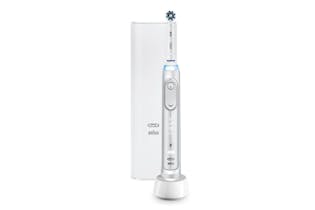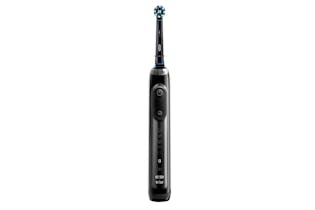Dentist fees and treatments: What you can expect to pay

For plenty of us, the thought of the dentist’s bill is worse than the drill. Which isn’t surprising, considering dental costs have risen 23% since Covid. We compare costs across the regions, so you know what to expect when budgeting for your next dentist trip.

Treatment costs
Dentist fees have risen steeply over the past 3 years, according to the latest survey by the New Zealand Dental Association (NZDA).
Results from the 2023 Fee Survey show the cost of every procedure – from a check-up, x-ray and a scale and clean, to fillings, implants, extractions and more – have risen, some by more than 20%.
Dental FAQs
Do I need to see a dentist and a dental hygienist?
A dentist assesses your teeth, gums and medical history, as well as your oral hygiene.
They may refer you to the clinic’s dental hygienist if your teeth need a thorough clean. The hygienist cleans, scales and polishes teeth.
A hygienist visit is more expensive than seeing your dentist for a clean – about $96 for a 15-minute appointment. However, an appointment could be up to an hour if you need an extensive clean.
However, not everyone needs a separate hygienist appointment.
If you have healthy teeth and good oral hygiene through daily brushing and flossing, you may only need a clean and polish during a check-up, NZDA chief executive Dr Mo Amso said.
“Other patients, for a variety of reasons, need extensive scaling, sometimes under local anaesthetic,” he said.
If you’ve had gum disease in the past, regular cleaning by a hygienist can help to prevent a flare-up.
Do I need an x-ray?
An x-ray helps a dentist detect issues with your teeth that aren’t visible during an oral exam. Finding these problems early can avoid costly and invasive treatments down the track.
Dr Jonathan Broadbent, University of Otago associate professor in dental public health, said x-rays also help to show whether existing fillings are in good shape.
“An x-ray helps dentists see underneath fillings,” he said.
It also helps track the progression of early decay.
If a patient doesn’t have active cavities or decay, they probably don’t need an x-ray every year.
“If you have a mouthful of fillings and have had issues with ongoing tooth decay, it would be important to take x-rays regularly,” Dr Broadbent said.
Electric or manual toothbrush?
“The wow of a professional clean feel every day.” That’s how Oral B touts its electric toothbrush range. But with electric brushes costing anywhere from $40 to $699, are they worth it?
Electric toothbrushes do a better job than manual brushes at reducing plaque and gingivitis, according to a 2014 review by the Cochrane Collaboration, which independently reviews health research.
Dr Broadbent said the main advantage of an electric toothbrush is that it does the work for you, whereas a manual toothbrush relies on your brushing technique. Whatever toothbrush you use, it’s important to choose a fluoride toothpaste, he said.
The drawbacks of an electric toothbrush are the cost and having to charge it. If everyone in your household has one, there’s also the extra clutter on the bathroom vanity.
Should you floss?
A 2019 review by the Cochrane Collaboration found using floss may help reduce gingivitis (gum disease) but it’s unclear whether it reduces plaque.
The review found some evidence that oral irrigation – using a water flosser – may be better than flossing for reducing gingivitis. However, there was no evidence it reduced plaque.
It also looked at the evidence for interdental cleaning brushes, finding they “may reduce gingivitis and plaque in the short term”.
The shortcomings of available studies meant the review wasn’t able to come to definitive conclusions. Most studies were of short duration and involved participants with healthy teeth.
The best the authors could say is the use of floss or interdental brushes – compared with just brushing your teeth – “may reduce gingivitis or plaque, or both, and interdental brushes may be more effective than floss”.
Whether flossing makes a difference will also be influenced by other factors, such as your diet, how well you brush your teeth, the state of your gums and whether you have food traps in your teeth.
Dr Broadbent suggests flossing daily if your diet isn’t great, you have food traps or recent decay.
If you’re weighing up your options, you can pick up some string floss for a few dollars.
Water flossers, or oral irrigators, are hand-held devices that shoot water along your gum line and between your teeth. They range in price from $119 to $280.
Interdental brushes cost about $10 for a 20 pack.
We've tested 23 electric toothbrushes.
Find the right one for you.



Member comments
Get access to comment